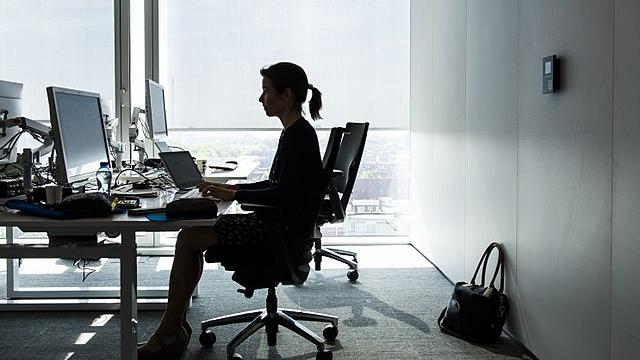Main
Humidity
Has indoor air always been so dry?

While reading about relative humidity (RH) and the extreme dryness of buildings, the question may have occurred to you whether our indoor air has always been so dry. The answer is no. So what has changed? Much.
Much change doesn’t change the need for 40-60% RH
Materials, technologies, building science and demands have all changed greatly over the last 300 and even more so over the last 100 years. We too have changed, moving away from self-sufficiency to relying on industrial solutions, starting with food and continuing to just about everything, including our buildings. In addition, our time spent indoors has increased dramatically.
The new buildings are increasingly precision-designed and manufactured from basement to roof with carefully engineered synthetic, hybrid and naturally sourced materials. Window and door integration utilizes carefully designed interlocking multi-elemental systems with moisture barriers, caulking, insulation and triple-paned glazing.

Efficiency is good, wellbeing is essential
Energy-efficiency is lord and most building plan designs pay tribute, offering up tight, dense building envelopes with controlled mechanical ventilation, heating and cooling. Almost hermetically sealed, the indoor spaces deliver efficiency of space and maximization of profit per square meter in commercial spaces, employing open plan schemes packed with people to cut operational costs. One can’t help wondering in the midst of all the technological advances, if we’re not losing sight of the objective of it all: the wellbeing of people.
Interesting to note are several changes in the last 50 years.
They include an increase in indoor temperature of 5°C. Many of our grandparents can remember indoor temperatures of 18° C during fall, winter and spring.
Living space has also seen an increase from 25 to 45 square meters per person between 1970 and 2013. That means less moisture from cooking, washing and bathing per square meter.
Energy loss via windows has also fallen drastically from 500 kWh to 50 kWh per square meter from 1970 to 2015, limiting the natural exchange of fresh and used air.
Then there’s the disappearance of age-old, tried and true practices, such as placing soaked cloths or ceramic bowls full of water on woodstoves, radiators, etc. to add much needed humidity to the dry indoor air. Also overall we cook less, there's no more drying of laundry inside our rooms.
No doubt all these factors, though not exhaustive in scope, are contributors to the decrease in indoor relative humidity in today’s buildings. Given the conditions, many of them described above, humidifiers are the single best solution to improving the relative humidity aspect of indoor environments.